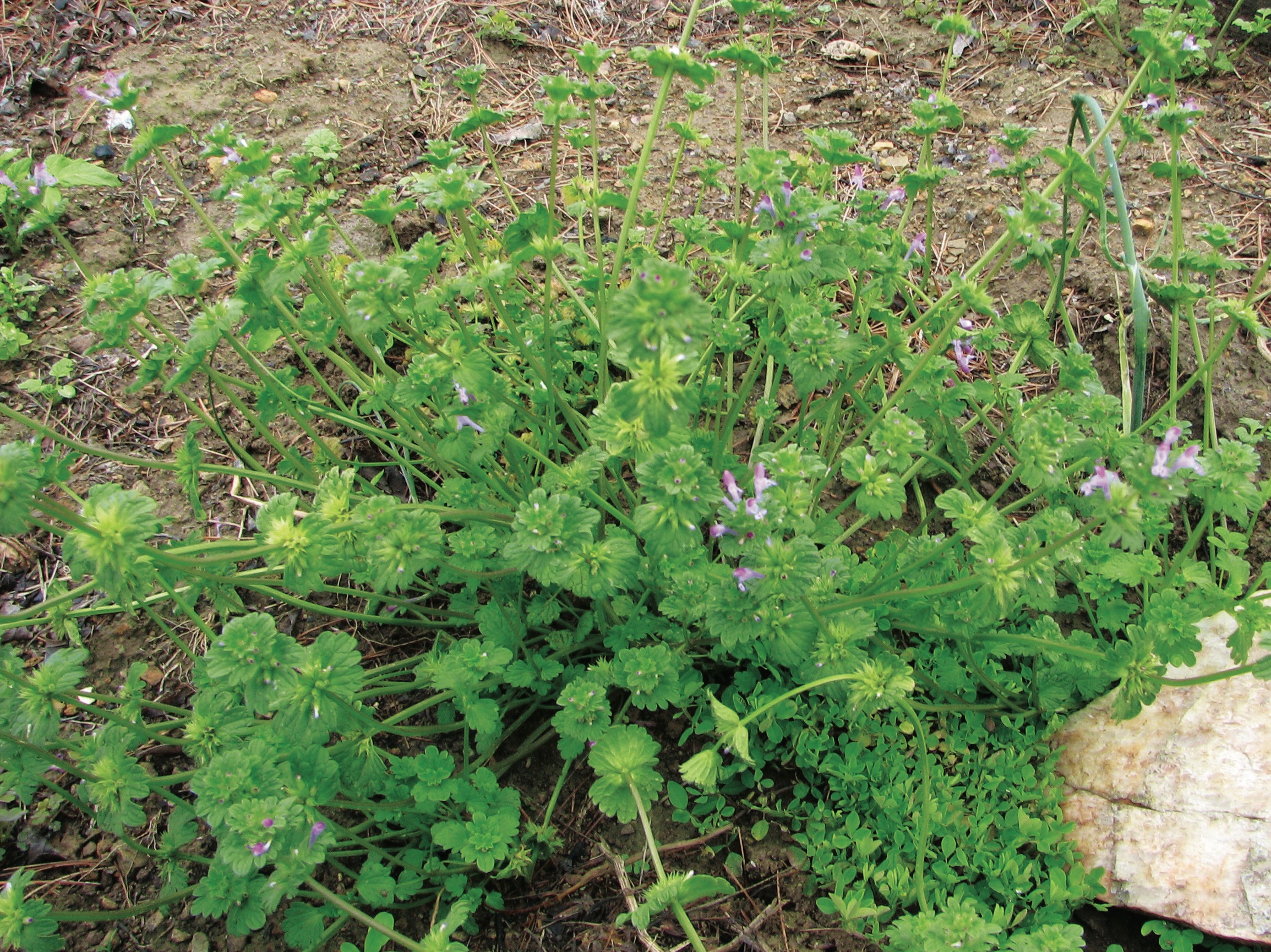Watch for These 3 Fall-emerging Weeds

As the harvest season wraps up, you may start noticing populations of marestail and other winter annuals emerging in corn and soybean fields.
These weeds are often overlooked because the growing season is over. However, dense mats of winter annual weeds may delay soil warming come spring, compete for water and nutrients during initial establishment of the summer crop, and result in poor seed placement at planting.1

Henbit is a member of the mint family, germinates in the fall, overwinters as a green plant and begins growing again in early spring. Henbit completes its life cycle by going to seed in the spring or early summer. This weed can act as a host for many insect and disease pests, and mature seeds can survive in the soil seedbank for several years.

Image courtesy of John D. Byrd, Mississippi State University, Bugwood.org
Cutleaf evening primrose is a winter annual that has become especially prevalent in no-till corn and soybean fields. It can grow up to 28 inches tall or reset and creep along the ground. The yellow, and sometimes pinkish, flowers that begin to appear in late spring open in the evening and wither closed the next morning. The seed of cutleaf evening primrose can remain viable in the soil for several decades, making this weed an ongoing control challenge.

Marestail was the first annual broadleaf weed documented to develop glyphosate resistance. A single female marestail plant can produce up to 200,000 seeds, which are transported by wind, providing for effective spread of herbicide-resistant populations.
“Once marestail gets established in the fall, it will go dormant in the winter months,” says Doug Jones, market development specialist, Corteva Agriscience. “When it comes out of dormancy or ‘bolts’ in the spring, it will be much bigger and more difficult to control.”
Most fall-emerging weed seeds germinate near the top of the soil surface, so growers with fall tillage practices are less likely to see these weeds in their fields. However, this means that no-till or minimum-till fields are more at risk.
“A timely burndown application in the late fall or early spring will give growers much better success in fall weed management,” Jones says. “This practice will also provide a drier and warmer seedbed for earlier planting.”
Jones recommends Elevore® herbicide for use in customers’ burndown programs. Elevore provides thorough control of both marestail and henbit without regrowth. This herbicide also is tank-mix-compatible with commonly used burndown and residual partners to control many ALS- and glyphosate-resistant species, plus marestail up to 8 inches tall. Elevore has a low use rate of 1 ounce per acre, making it an excellent fit in reduced- and no-till production systems.
Reach out to your local Corteva Agriscience representative or visit Elevore.corteva.us to learn more about Elevore herbicide. Other fall weed control options are also available on Corteva.us.
Elevore® is not registered for sale or use in all states. Contact your state pesticide regulatory agency to determine if a product is registered for sale or use in your state. Always read and follow label directions.